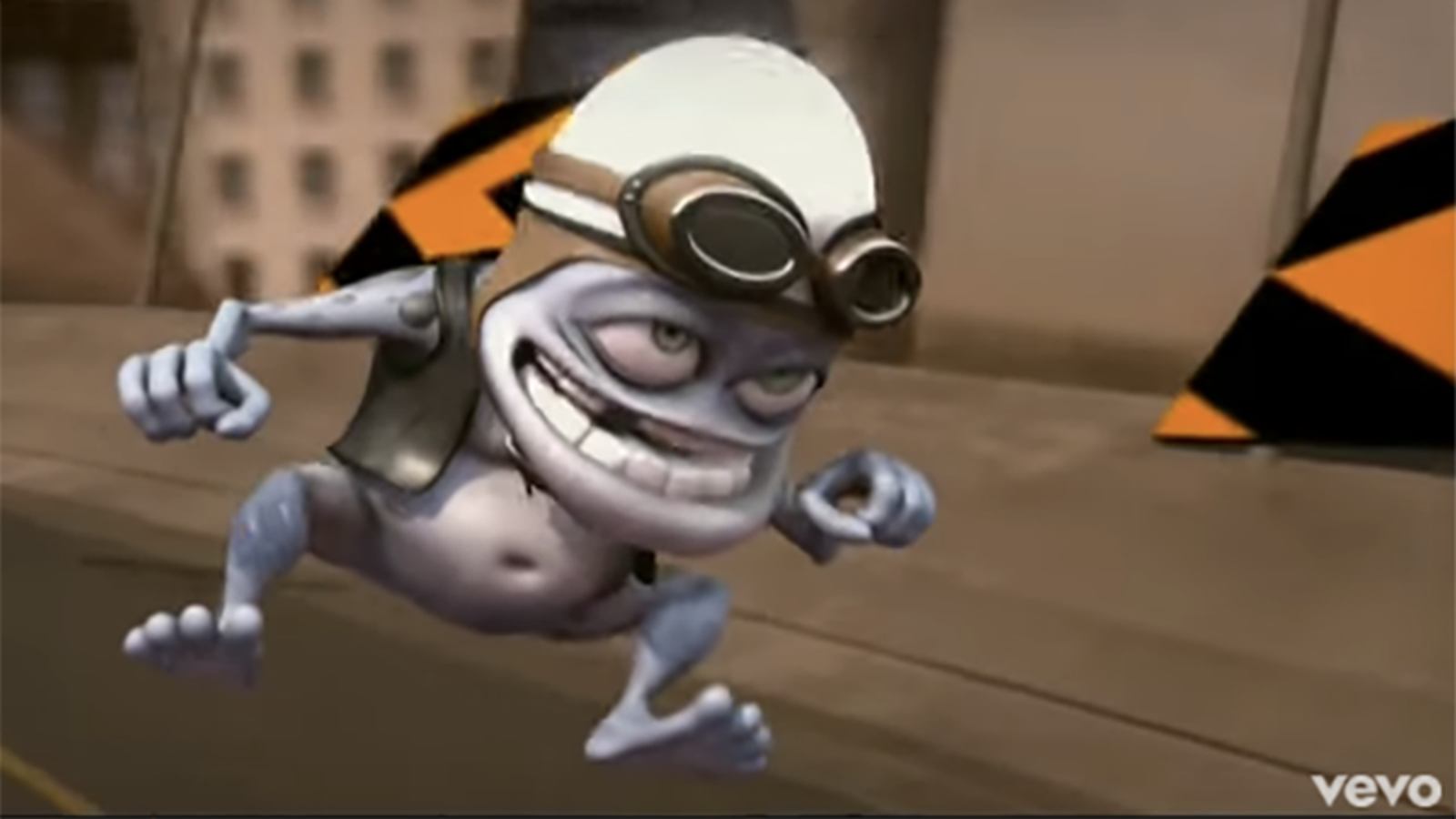

For him, he was never away – or there, even.Eventually, it even made its way back to Malmedahl. How does the frog feel about the comeback? “The frog is always completely oblivious,” says Söderberg. He’s not Stormzy he doesn’t need to do credible, cool, urban stuff.” “Musically there will always be a place for kind of novelty songs.
CRAZY TOAD SONG TV
“We want to do it right this time: we want to have funny songs, funny TV series, funny little books make him have the longevity we wanted last time.”īut can the frog survive this cruel new world – isn’t he a relic? “He’s actually more tuned in to this world,” says Söderberg, arguing that short, funny clips are even more popular now than they were in 2005. “He didn’t deserve to be a ringtone figure,” says Söderberg. Kaktus has learned from its mistakes, Söderberg says, and now chooses business partners more carefully.

In the spring, various TikTokers with millions of followers, including Kimberly Loaiza (55.2m) and Karla Bustillos (20m), performed choreographed dances to the track. Sixteen years on, the public’s rage may have subsided – or, at least, the frog may benefit from a social media audience too young to remember his original incarnation. He was originally created like that, as we all were.” “It’s like seeing a baby’s penis,” he reasons. Crazy Frog’s penis was clearly visible in the video, which attracted mass complaints.

He also found himself facing the wrath of the Advertising Standards Authority. “The minute that was released, boom – it was No 1 in 23 countries in the world,” says Söderberg, who found himself travelling the world to collect gold and platinum records. When the song came out in May 2005, it changed the lives of everyone involved. In the video, a bounty is placed on the frog’s head and a sinister character chases him around the city, eventually firing a rocket at him – which the frog ends up riding to safety. Kaktus agreed to make the animation on condition that they had carte blanche to do what they wanted. Wolfgang Boss, executive president of A&R at Sony Music, wanted to pair the frog with a sped-up version of the theme tune to Beverly Hills Cop, a song called Axel F. “I myself got annoyed with it,” admits Söderberg. Jamba! then spent an unprecedented amount of money promoting the infectious ringtone on TV – in May 2005, it was shown 2,378 times a day – incurring the wrath of the British public. Kaktus agreed an advance and a royalties arrangement (“obviously way too low”, says Söderberg) and the deal was done.

In 2004, ringtones were a billion-dollar industry with their own charts – even printed in the pages of NME, to the horror of some loyal readers.
CRAZY TOAD SONG LICENSE
The first came when the mobile phone content provider Jamba! called Wernquist, who had landed a job at Kaktus thanks to his frog design, to ask if they could license the character’s noise for a ringtone. There were two important steps in Crazy Frog’s original ascent to cultural infamy. Kaktus decided that the world was telling it one thing: bring back the frog. Earlier this year, Rita Ora sampled the Axel F track in her song Bang Bang (though this is news to Söderberg). Interest seemed to surge a few years ago, says Söderberg, who claims that it was at one point getting 4m new views per day. The original hit has more than 3bn views on YouTube, making it the 26th most-watched video on the site, and the Crazy Frog YouTube channel has 11.5m subscribers. You might well question who wants this dated irritation back, but the frog fandom endures.


 0 kommentar(er)
0 kommentar(er)
